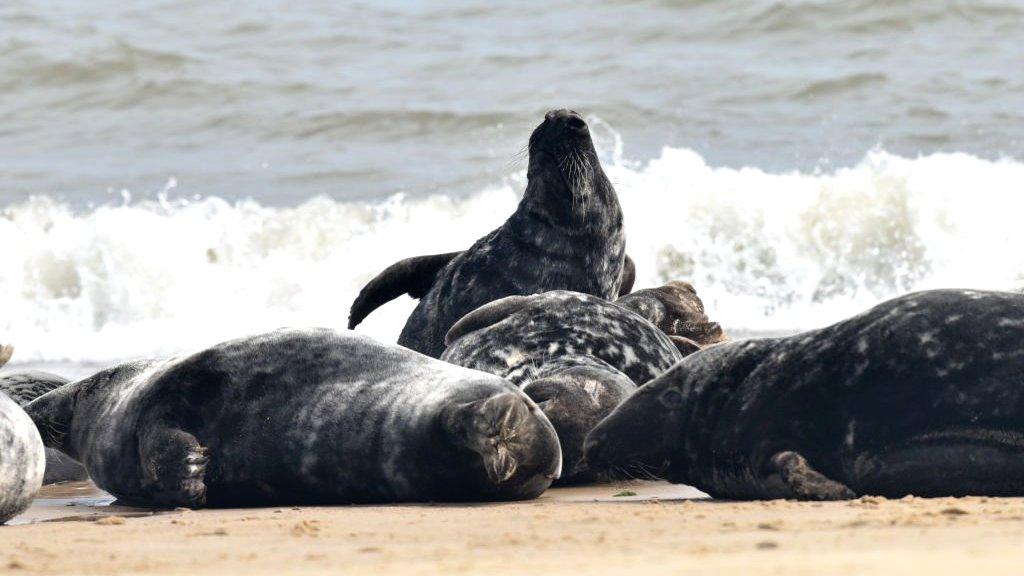The Wild Escape: How to take part in huge art project
- Published
- comments
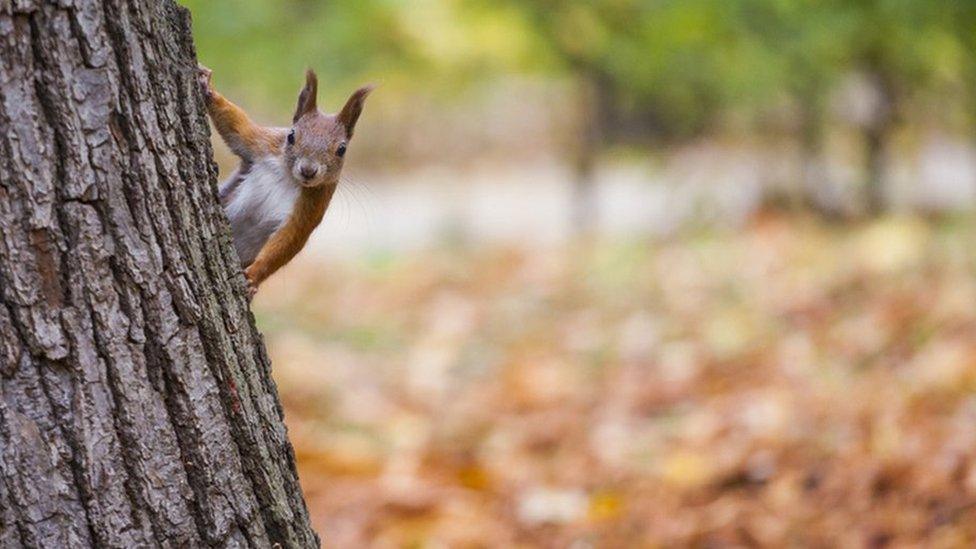
Oh hey there! How much do you know about your local wildlife?
Hundreds of museums and thousands of children are going to work together to create a giant art project celebrating UK wildlife.
It's called The Wild Escape, and it's been inspired by the most recent David Attenborough show on BBC One - Wild Isles.
Primary school pupils across the country will get the chance to make their own art at special events in UK museums.
The project leaders want children and young people to learn new ways to appreciate their local wildlife.
How can I get involved in The Wild Escape?
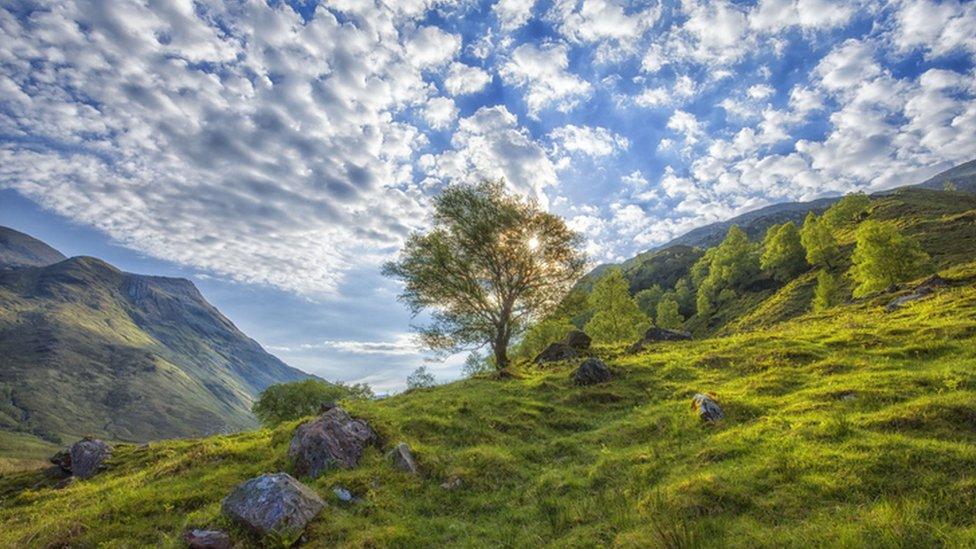
The project hopes to make young people feel more connected to the UK's wildlife and nature
People will be invited to a museum, where they can pick out an animal they see there and imagine how it would look in its natural habitat.
At least 500 museums have signed up across the UK - from the Natural History Museum down in London, all the way up to Fort William in Scotland!
There will be workshops happening all over the country in schools to help people put their creative pieces together.
All the artwork will then be put together to create a huge project that will be ready for World Earth Day - on the 22nd April 2023.
Why is the project happening?
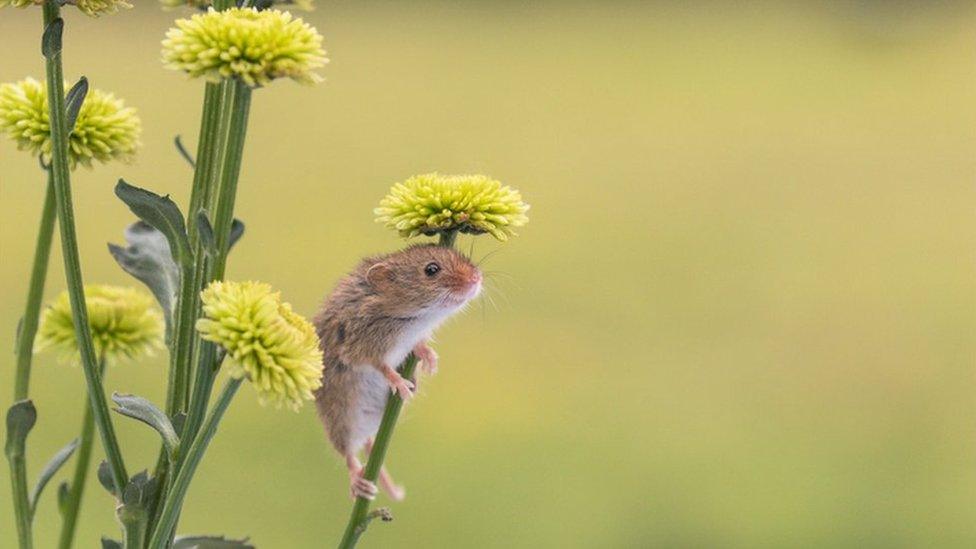
What animals have you seen when out and about in nature?
The Wild Escape is going to be the UK's largest ever museum project.
It's been organised to try encourage children and young people to engage more with the UK's wild spaces and started around two years ago, after the first coronavirus lockdown.
The people in charge of the project were concerned that young people were not connected with their local environment enough.
Biodiversity is the term we use for explaining how many different types of plants and animals are in an area.
If somewhere has good biodiversity, it usually has lots of different plants and animals living there, which all benefit from each other.
Pollution, hunting, climate change and deforestation can all have a negative impact on biodiversity.
Environmental groups say we need to create more biodiversity by helping species thrive and grow.
It's also being helped by WWF - a charity that wants to promote biodiversity around the world.
Those involved also say they want to help young people's wellbeing along the way - a study by Natural England showed visiting nature just once a week had a positive impact on how you feel, and how you look after the planet.
- Published26 January 2023
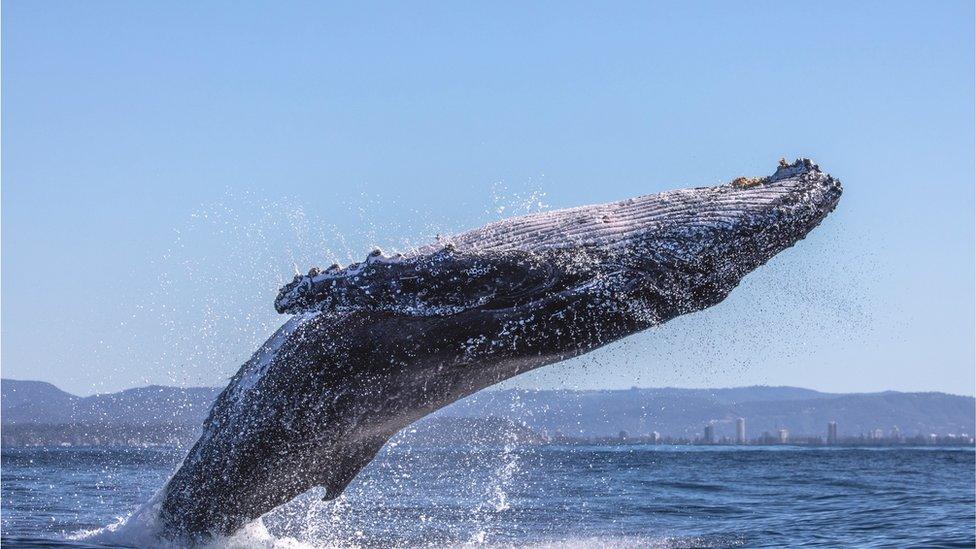
- Published15 June 2022
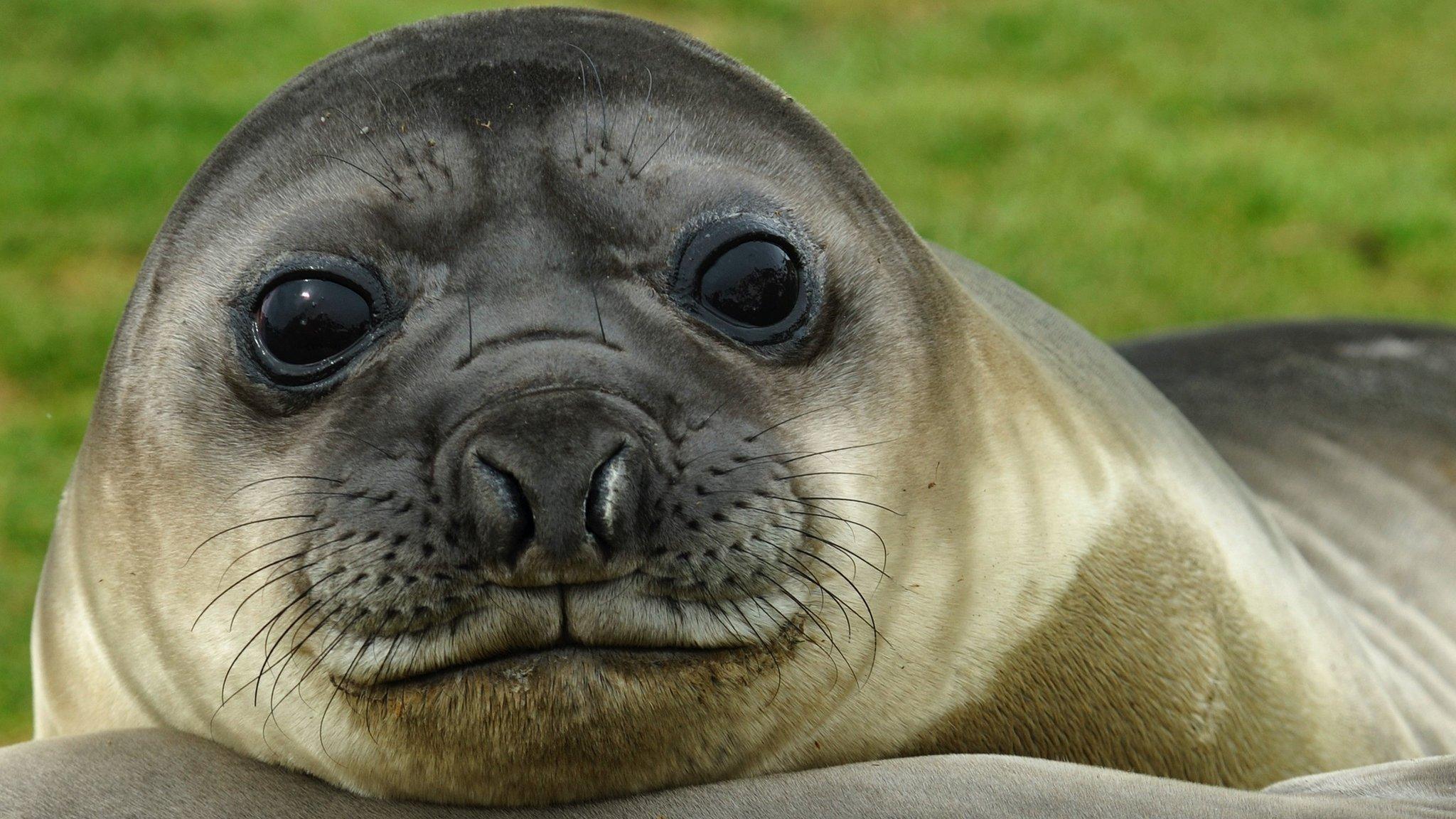
- Published19 June 2022
